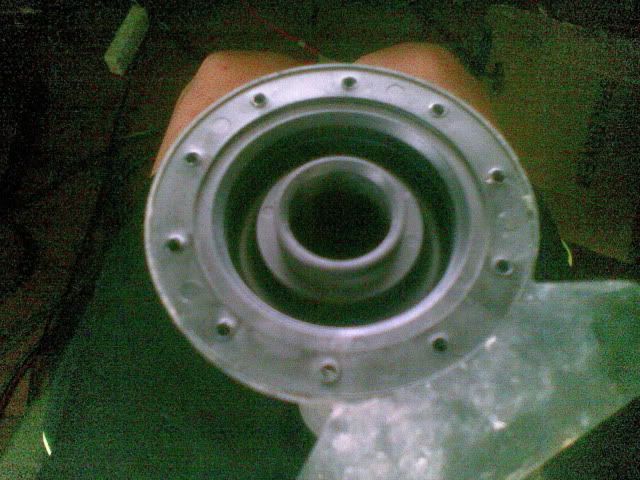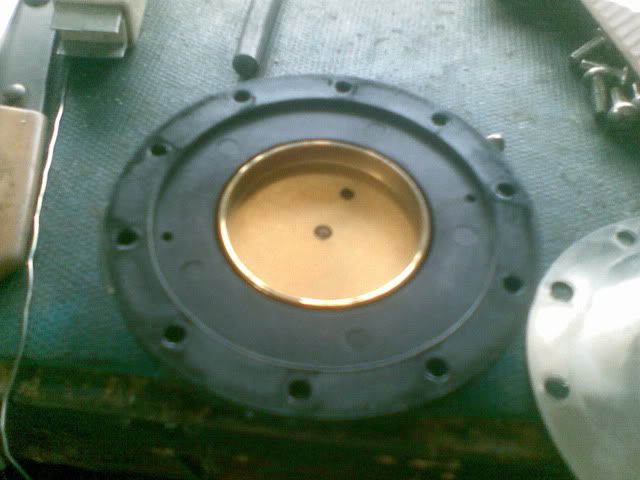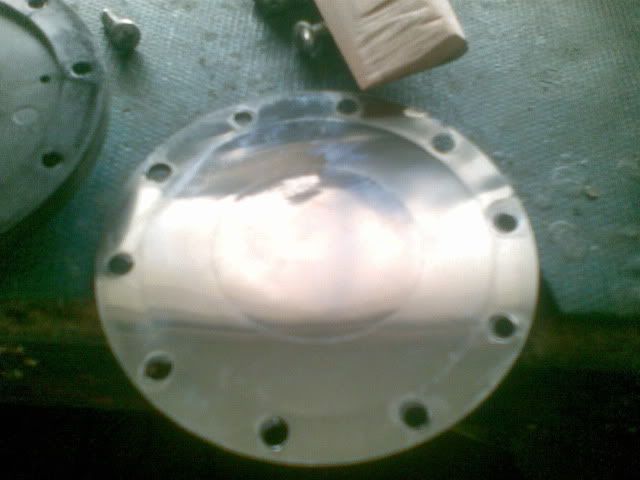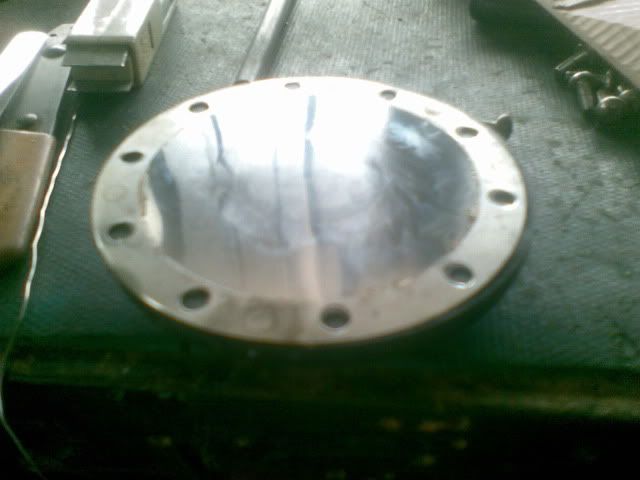after heavy use this past weekend, i hit my horn today at a guy who cut me off and it belched out a loud squeak instead of the deep honk i had expected. bad diaphragm maybe. or other causes?
how hot is it by you?
not very,mid eighties this past week. highest we see is mid 90’s in the summer
heres a thread that sounds similar to your problem.
http://www.trainhornforums.com/showthread.php?t=2329&highlight=squeaky
yupp sounds like the same issue i am having. it may be hot due to the location. i honked it later today and it sounded fine but it was in teh evening once it had cooled off.
I started having the infamous squealing shockers lately.
Most said it was the heat (it’s indeed hot here in the tropics but it sometimes happen even when cool), some say the pressure (nope. I’m only running 130psi).
By running each horns on the shop blow gun, all seems to be working fine but once supplied by the high air volume available with 1/2" air line in the car, it would squeak again. A few weeks of checking I noticed the pattern, it would squeak only when the tank is full >120psi. Below that, it sounds OK. I narrowed it down to the shortest horn that squeaks.
So my Shockers have lifetime warranty but shipping it to the US and back would take months and probably cost as much or more than a new set of horns so I bit the bullet and decided to take mine apart to see what’s wrong. Here’s what I found: (sorry for the poor quality pics, I couldn’t find a decent cam so I used my phone)
Power chamber is clean. Very clean.

The back cap and tuning thingy is also clean except for a very small water mark due to moisture getting into the small holes in the back cap

but the diaphragm is a different story.
There were three small dents caused by grains of sand getting in between the lip of the horn throat and the diaphragm. Air pressure caused it to create three dents on the diaphragm. I’m not sure how it got there because the port I used for the horns is on the top of the tank.
Here was my first attempt to flatten the dents which didn’t look good.

another attempt with a very flat anvil and rubbing the dent with a stick was much better.

Before reassembling, backed out the tuning screw a little and reassembled the horn. used shop air to tune then installed. The horn appears to be working well now.
[b]When first installing the horns, tape the inlet ports so that no dust or grains of sand could enter the horns. As for powering the horns, make sure the tank is clean so no dirt could get into the air lines and horns.
If the squealing starts and you’re in the US, don’t mess with the tuning screw or open it up. Use the lifetime warranty as it is much easier and less chance of messing something up. Diaphragm is very thin stainless steel. I was just lucky that it still worked. I just wish for others like me far away from Florida (or the more adventurous tinkerer types) it would be nice to be able to purchase replacement diaphragms.[/b]